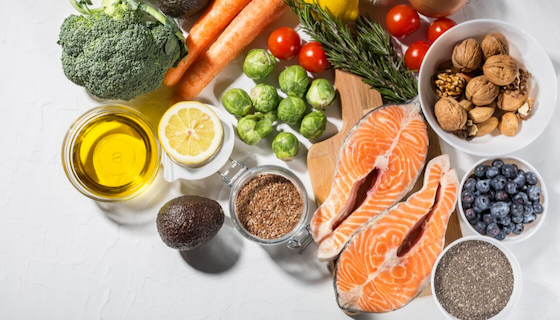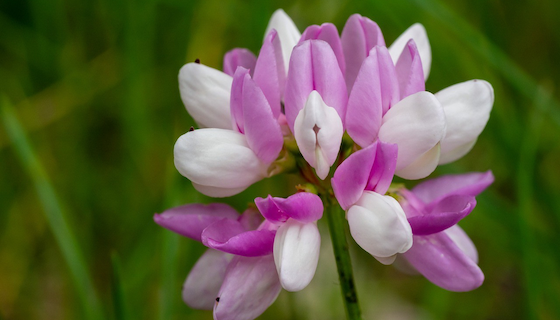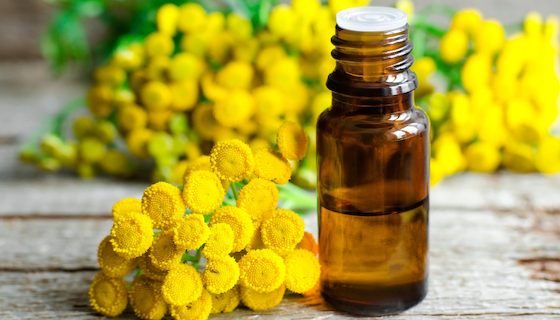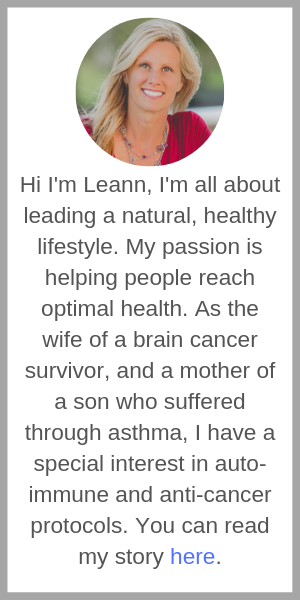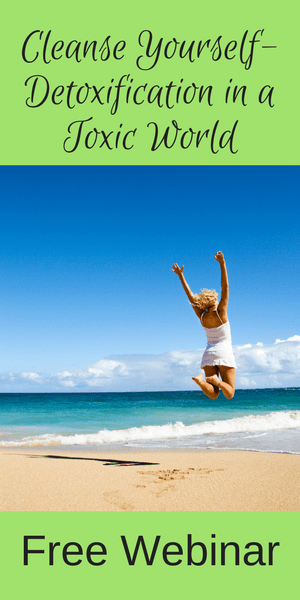How do the paleo diet and keto diet differ?
Two of the most popular diets out there right now are also the two I get questioned about the most – the paleo diet and keto diet.
Because these diets share some similarities, the question I get the most is ‘what is the difference between the paleo and keto diet?’
What is the Paleo Diet?
The origins of the paleo diet are not 100% clear, but in 2002 Dr. Loren Cordain wrote The Paleo Diet. Dr. Cordain was a former college athlete who had always been interested in diets to improve his performance. While teaching at Colorado State University in 1987, he read a feature in the New England Journal of Medicine about “Paleolithic Nutrition” by Dr. Boyd Eaton and became fascinated.
Foods on the Paleo Diet
The Paleo Diet focuses on eating foods like “our pre-agricultural, hunter-gatherer ancestors“. On this diet, you’re encouraged to eat foods like:
- Grass-fed meat
- Pasture-raised poultry
- Wild-caught fish and seafood
- Fresh fruits
- Fresh vegetables
- Eggs
- Nuts
- Seeds
- Healthful oils (olive, macadamia, walnut, flaxseed, avocado, coconut)
- Natural sweeteners (raw honey, maple syrup)
Inflammatory foods like grains, legumes, dairy, refined sugar, white potatoes, processed foods, salt and refined oils are to be avoided.
The paleo diet is not necessarily low carb, as it still includes fruit, starchy vegetables like potatoes and beets, and in moderation, natural sweeteners like honey or maple syrup.
Health Benefits of the Paleo Diet
- Reduces inflammation – eating clean and real foods reduces inflammation, which decreases your risk of major illnesses (including cancer!)
- Improves heart health – following paleo, along with an exercise plan, has been found to increase interleukin-10 (IL-10) levels, indicating a lower risk of heart attack, cardiovascular disease and diabetes.
- Manages blood sugar levels – the increase of interleukin-10 levels can also help balance blood sugar levels.
- Promotes weight loss – because you’re eating fewer calories and the types of food you are eating are more satiating per calorie (more filling for the same number of calories).
- Supports healthy digestion – as long as you consume paleo-friendly prebiotic foods, such as flaxseeds, garlic, onions, leeks, asparagus, bananas, apple, jicama, and seaweed.
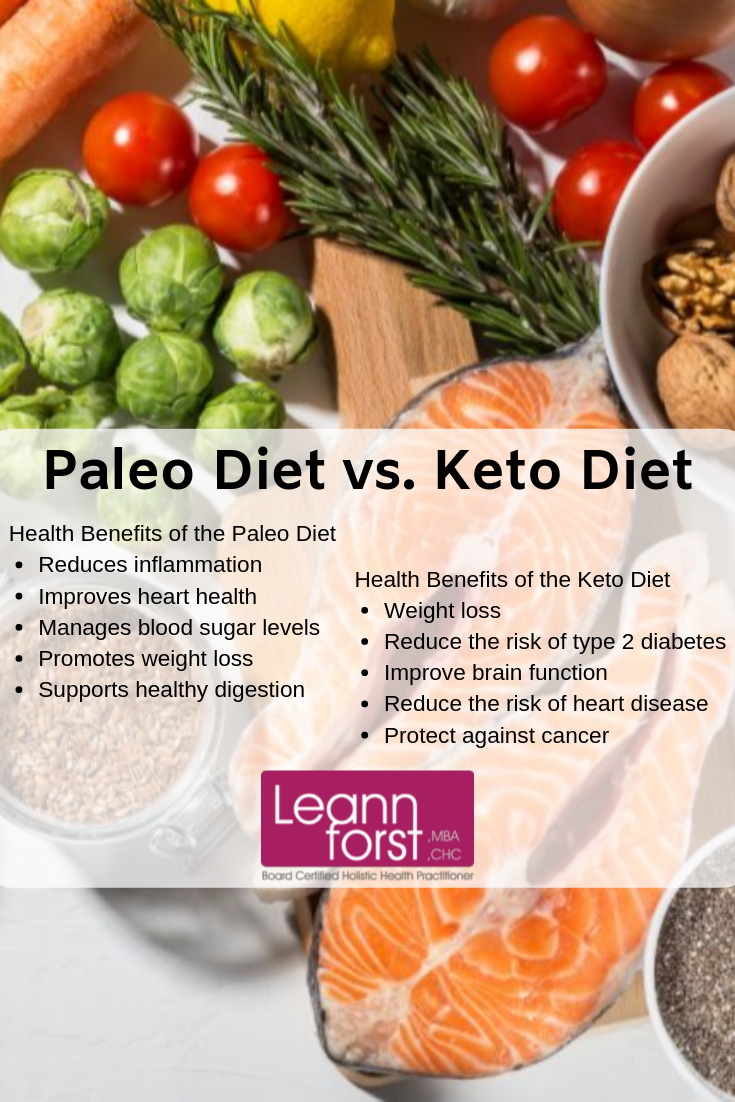 What is the Keto Diet?
What is the Keto Diet?
Short for ketogenic, the keto diet has been around since 1924 when Dr. Russell Wilder of the Mayo Clinic found that it helped control seizures in children.
In simple terms, the keto diet is low in carbohydrates and high in fat. More specifically, on the keto diet 60-80% of your calories will come from fat, 15-25% from protein, and 5-10% from carbs.
Why? Because when you eat more fat than carbs, ketones are formed because your body is using fat as its energy source. When a diet is high in carbs, and not fat, the carbs are the energy source which forces stored fats to be used for energy. This is called ketosis.
What happens when we burn more fat for energy? You lose weight.
Foods on the Keto Diet
Here are the foods you can enjoy while on the keto diet:
- Coconut oil
- Almond oil
- Olive oil
- MCT oil and powder
- Nut butter
- Grass-fed butter
- Salmon and other seafood
- Unprocessed meat and poultry
- Eggs
- High-fat Greek yogurt (if you tolerate dairy)
- High-fat cheeses like mozzarella, parmesan, swiss, or cottage cheese (if you tolerate dairy)
- Heavy whipping cream (if you tolerate dairy)
- Low-carb vegetables (those that grow above ground)
- Nuts like almonds and macadamias
- Avocado
- Berries
- Mayonnaise
- Stevia and other low-carb sweeteners
Here are the drinks you can enjoy:
- Water
- Coffee or tea without sugar
- Bone broth
- Coconut of almond milk (unsweetened)
Foods to Avoid on the Keto Diet:
- Wheat products like pasta, cereal, pastries, cakes, rice, beer, or corn
- Whole grains from quinoa, rye, buckwheat
- Anything sugary from candies, chocolate, and ice cream
- Starchy vegetables such as potatoes and yams
- Oatmeal and muesli
- Low-fat products such as milk
- Large fruits high in sugar such as apples, mangoes, bananas, oranges, grapes
Drinks to avoid:
- Fruit or sugary juices
- Sweetened nut milks
- Sweetened tea, coffee, lattes
- Milkshakes high in sugar
- Cocktails with syrups
- Sodas
- Sports drinks
Health Benefits of the Keto Diet
Here are some of the other ways the keto diet can improve your health:
- Weight loss – when you eliminate glucose (by not consuming foods with sugar and starch), you begin to burn stored fat or fat from food
- Reduce the risk of type 2 diabetes – on the keto diet, you’re decreasing your carbohydrate intake, which is recommended for people with type 2 diabetes (because carbohydrates turn to sugar and, in large quantities, can cause blood sugar spikes)
- Improve brain function – ketones can provide as much as 70% of the brain’s energy needs, more efficiently than glucose (source)
- Reduce the risk of heart disease – one study found that the keto diet decreased the level of triglycerides, LDL (bad) cholesterol and blood glucose, and increased the level of HDL (good) cholesterol (source)
- Protect against cancer – because you’re eliminating starchy foods and replacing them with healthy fats and proteins, the body does not have as much glucose as it would in a normal or high carb diet (cancer cells thrive on glucose – or sugar).
Which diet is right for you and your health? The paleo diet or the keto diet? Let me know in the comments below!
Sign up for one of my recipe programs and get 30 days FREE! Click the image below to learn more about each.
Disclosure: this post contains affiliate links.
 Login
Login